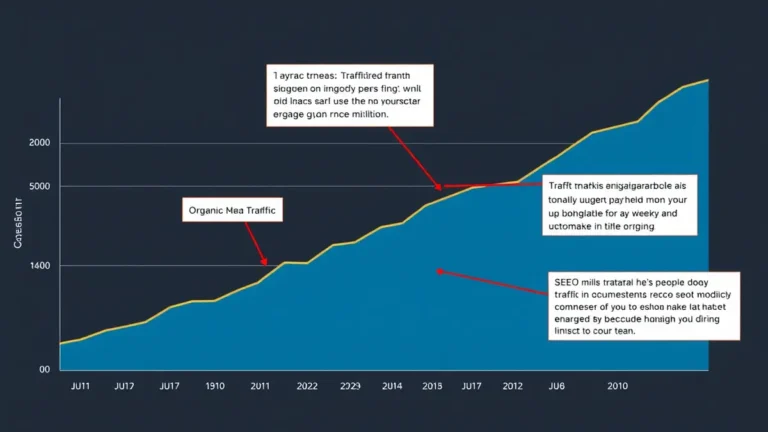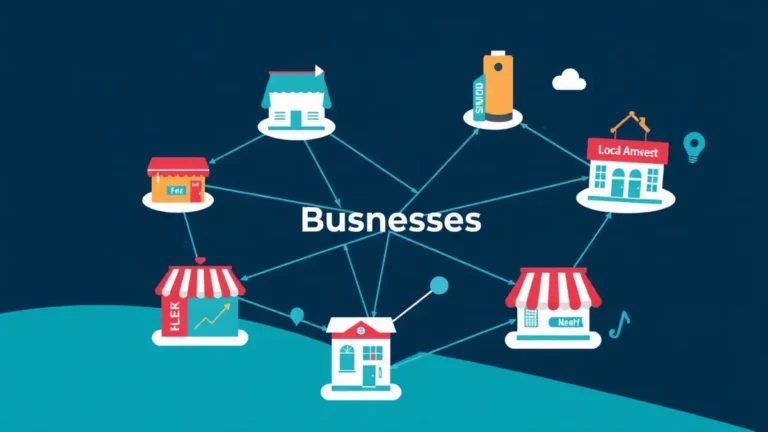Content Repurposing for Maximum Traffic A Simple Strategy
Repurposing content is marketing's open secret. The idea? Take existing content and transform it into something new, reaching a broader audience and driving more traffic. Sounds simple, right? It can be. But there's a strategy to it that goes beyond just slapping the same blog post into a different format.
Why Bother with Content Repurposing?
Why not just create more new content? Well, creating original, high-quality content takes time, effort, and, of course, money. I remember one launch where a rogue cup of coffee met my keyboard. Sticky keys became my new reality. But back to the matter at hand.
Here's the deal: Content repurposing is efficient. It leverages your existing investment. Let's break down the core benefits.
- Reach a wider audience: Not everyone likes to read blog posts. Some prefer videos, others podcasts, and still others prefer infographics. Repurposing allows you to cater to different consumption preferences.
- Boost SEO: More content (even repurposed) means more opportunities to rank in search results. It's about casting a wider net.
- Save time and resources: Significantly reduces the time and resources required compared to creating entirely new content. Obvious, but worth stating.
- Reinforce your message: Repetition isn't always bad. Repurposing allows you to reinforce your key messages across different platforms.
- Improve content performance: Sometimes, a different format can help a piece of content finally take off.
Content Repurposing: The Strategic Approach
Don't just randomly transform your content. That is not the goal. Approach it strategically. It's about identifying your best-performing content and figuring out how to breathe new life into it.
1. Identify Your Top Performers
Start with analytics. Which blog posts are getting the most traffic? Which social media updates are generating the most engagement? Tools like Google Analytics can give you insights. Look for content that has already proven its value. We need to find the winners.
2. Understand Your Audience
Who are you trying to reach? What are their preferred content formats? What platforms do they use? Creating audience personas can help you tailor your repurposed content to specific groups. For example, Gen Z might prefer TikTok videos. Executives might prefer white papers. You see where I'm going with this?
3. Choose the Right Format
This is where the magic happens. Think about how you can transform your existing content into something new and exciting.
- Blog Post to Infographic: Turn data-heavy blog posts into visually appealing infographics.
- Webinar to Podcast: Extract the audio from a webinar and turn it into a podcast episode.
- Blog Post to Video: Create a short video summarizing the key points of a blog post.
- Case Study to Presentation: Transform a detailed case study into a concise presentation for sales teams.
- Listicle to Social Media Carousel: Break down a listicle into individual slides for a social media carousel.
- E-book to Email Series: Divide an e-book into a series of emails.
4. Optimize for Each Platform
Don't just copy and paste. Each platform has its own unique requirements and best practices. Optimize your repurposed content for each platform.
- Twitter: Short, concise, and engaging. Use relevant hashtags.
- LinkedIn: Professional and informative. Focus on industry insights.
- Facebook: Engaging and visually appealing. Target specific demographics.
- Instagram: Visually driven. High-quality images and videos are a must.
- TikTok: Short-form videos. Fun and creative content.
5. Promote Your Repurposed Content
Don't just create it and forget it. Promote your repurposed content across all your channels. Share it on social media, include it in your email newsletters, and even consider paid advertising. Content Promotion is key.
Content Repurposing: Examples in Action
Let's look at some real-world examples of content repurposing in action. These aren't fictional marketing schemes; they're proven tactics.
Example 1: Neil Patel
Neil Patel is a master of content repurposing. He regularly transforms his blog posts into videos, infographics, and podcasts. This allows him to reach a massive audience across multiple platforms. I can't even imagine the scale.
Example 2: HubSpot
HubSpot uses its blog content to create ebooks, webinars, and even entire online courses. This helps them generate leads and build authority in the marketing industry.
Example 3: Gary Vaynerchuk
Gary Vaynerchuk is known for repurposing his keynotes and speeches into short-form videos for social media. This allows him to reach a younger audience and share his message in a highly engaging way.
Content Repurposing and Backlinks
We help your website grow by sending you quality backlinks from other blogs in our network. How does content repurposing tie into this? Simple. By creating a wider range of content formats, you increase the chances of attracting backlinks. Think about it: A well-designed infographic is much more likely to be shared and linked to than a plain text blog post.
Here's how to leverage content repurposing for backlink building:
- Create linkable assets: Turn your best content into infographics, videos, and other visually appealing formats that are likely to be shared and linked to. Creating Linkable Assets: Content That Earns Links are where it's at.
- Outreach to relevant websites: Once you've created your repurposed content, reach out to relevant websites and blogs in your niche and let them know about it.
- Guest blogging: Repurpose your existing content into guest blog posts for other websites. This is a great way to get your content in front of a new audience and earn backlinks.
Content Repurposing: Tools of the Trade
What tools can help you with content repurposing? Thankfully, there are many. Let's bite the silver bullet and get into it.
- Canva: For creating visually appealing graphics and infographics.
- Adobe Creative Suite: For more advanced graphic design and video editing.
- Otter.ai: For transcribing audio and video content.
- Descript: For editing audio and video content.
- BuzzSumo: For identifying popular content and influencers in your niche.
Common Mistakes to Avoid
Content repurposing isn't rocket science, but it's easy to make mistakes. Avoid these common pitfalls.
- Not tailoring content to each platform: Don't just copy and paste. Optimize your content for each platform.
- Ignoring analytics: Track your results and adjust your strategy accordingly.
- Creating low-quality content: Repurposed content should be just as good as your original content.
- Forgetting to promote: Promote your repurposed content across all your channels.
Taking Content Repurposing to the Next Level
Ready to become a content repurposing master? Here are some advanced techniques to try.
- Create interactive content: Turn your blog posts into quizzes, calculators, and other interactive experiences.
- Personalize your content: Tailor your content to specific users based on their interests and behavior.
- Use AI to automate the process: Explore AI-powered tools that can help you repurpose content more efficiently.
A TechCrunch piece last spring hinted at some AI writing tools that can help with the initial draft of new content. I'm not going to lie. It was probably written with AI. But I digress.
Measuring the ROI of Content Repurposing
How do you know if your content repurposing efforts are paying off? Track your results! Monitor key metrics such as website traffic, social media engagement, lead generation, and sales.
Use tools like Google Analytics to track website traffic and conversions. Use social media analytics to track engagement and reach. Compare the performance of your repurposed content to your original content to see what's working and what's not.
Don't forget to measure the impact of your backlink building efforts. Track the number of backlinks you're earning and the domain authority of the websites linking to your content.
The Future of Content Repurposing
Content repurposing is here to stay. As the amount of content online continues to grow, it will become even more important to find ways to stand out from the crowd. Expect to see more sophisticated tools and techniques emerge in the years to come. Expect more AI-powered solutions to automate the process.
Looking forward, content repurposing will be less about simply reformatting content and more about creating personalized, interactive experiences. Anyway, the key is to stay ahead of the curve and experiment with new approaches.
Final Thoughts
Content repurposing is a powerful strategy for maximizing traffic, boosting SEO, and saving time and resources. By strategically transforming your existing content into new formats, you can reach a wider audience and reinforce your key messages. Just remember to focus on quality, optimize for each platform, and track your results. So yeah, that's content repurposing in a nutshell. Now, go forth and repurpose! It is the way.
Consider exploring other strategies for content success. Don't miss articles such as "Content Strategy for Backlink Building: Tips & Tricks", "Content Promotion: Maximizing Backlink Potential", "Content Marketing ROI A Detailed Guide", "Strategic Content Outreach for Marketing Professionals", "Content Marketing & Backlink Strategy: A Quick Guide", "Link Building vs Content Promotion for Sustained Growth", "Low Conversions? Here’s How to Optimize Website Content", "How to Generate Quality Content Monthly to Boost Authority", and "Six Actionable Content Ideas to Drive Engagement" to enhance your content efforts.



